
As the Archivist for Morgan County, I’m surrounded at work by the rich tapestry of our local history. The City of Decatur’s story begins over 200 years ago, and it’s filled with events both inspirational and heartbreaking. In our efforts to provide our visitors with an inclusive and honest narrative of our history, the Morgan County Archives has included information about race relations and discrimination in our exhibits. One of these exhibits deals with the infamous “Scottsboro Boys” trials that were held in Decatur during the 1930’s. The exhibit features photographs taken during the March 1933 trial of Haywood Patterson and other artifacts including the witness stand from the courtroom where the trials took place.
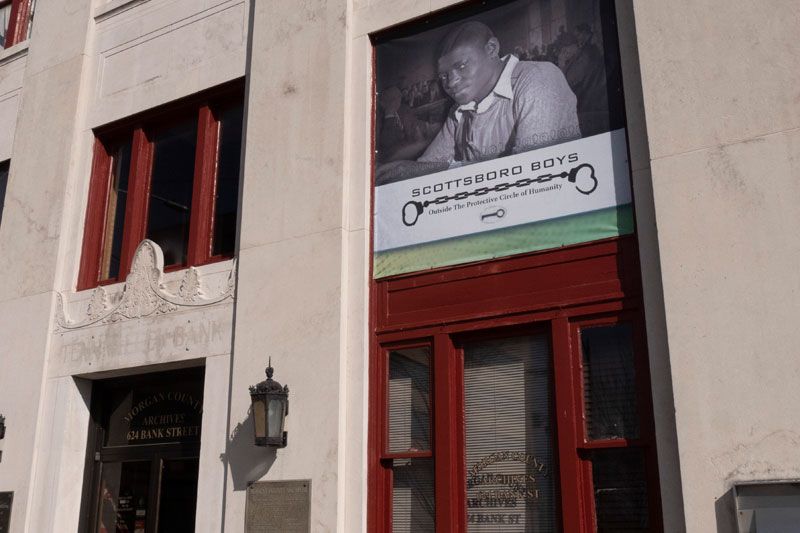
Community efforts to explore the Scottsboro boys trials and their significance have taken shape through the exhibit at Morgan County Archives and also through historic markers, public forums and a planned Civil Rights museum to be located in Decatur’s historically black Old Town neighborhood.
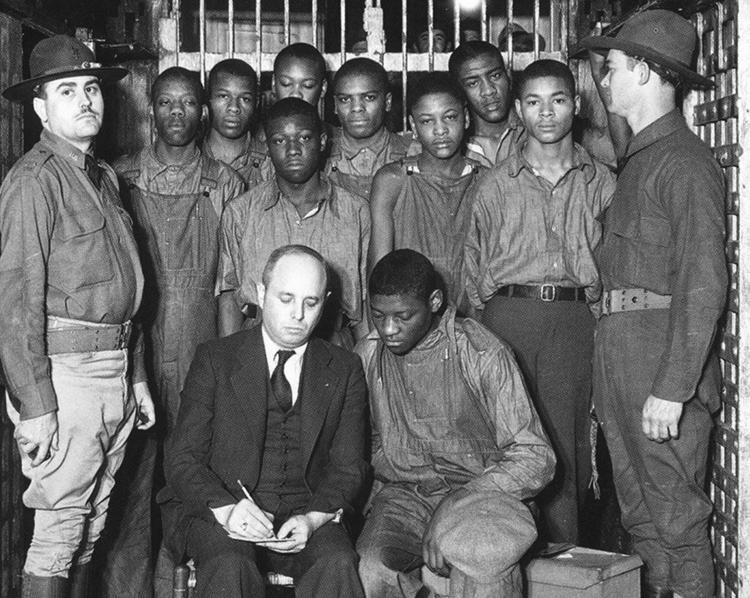
The tragic Scottsboro Boys saga began on March 25, 1931, on a freight train travelling from Chattanooga to Memphis. A fight broke out between black and white youths who were riding the rails looking for work in those dark days of economic depression. The whites were forced off the train and they complained to local authorities. The train was stopped in Jackson County, where sheriff’s deputies removed the passengers. Among them were two young women, Victoria Price and Ruby Bates. When questioned, they accused the nine black youths of having sexually assaulted them. The nine were arrested and tried in Scottsboro (hence the name hung on the defendants). A doctor who examined the women stated that their account of what happened was not possible. In truth, Price had instructed Bates to tell the assault story to deflect attention from their own crime, crossing state lines for immoral purposes (they had worked as prostitutes in Chattanooga). After a rushed trial in which they received grossly inadequate legal representation, all but one (Roy Wright, who was 13 at the time) were convicted and sentenced to death.
The NAACP took up the cause of the defendants and appealed the case all the way to the U.S. Supreme Court, which ruled in Powell v. Alabama that defendants must be provided with adequate legal representation in a capital case.
The trials were moved to Decatur and Haywood Patterson’s first re-trial started in March 1933. The International Labor Defense (ILD) hired Samuel Leibowitz, one of the most famous trial lawyers in the nation, to defend the nine. In a brilliant defense, Leibowitz disproved most of the prosecution’s evidence. Ruby Bates even refuted her earlier testimony and said the pair had lied at Scottsboro. In spite of all this, the all-white, all-male jury convicted Patterson.
In a bold move that cost him his career, Judge James Horton threw out the verdict as not supported by evidence.
Subsequently the defense appealed another of the cases up to the Supreme Court and in Norris v. Alabama, the Court ruled that because there were no blacks on the jury rolls, the defendants were denied their constitutional rights to trials by juries of their peers. Eventually all the defendants were released but all went through harrowing experiences.
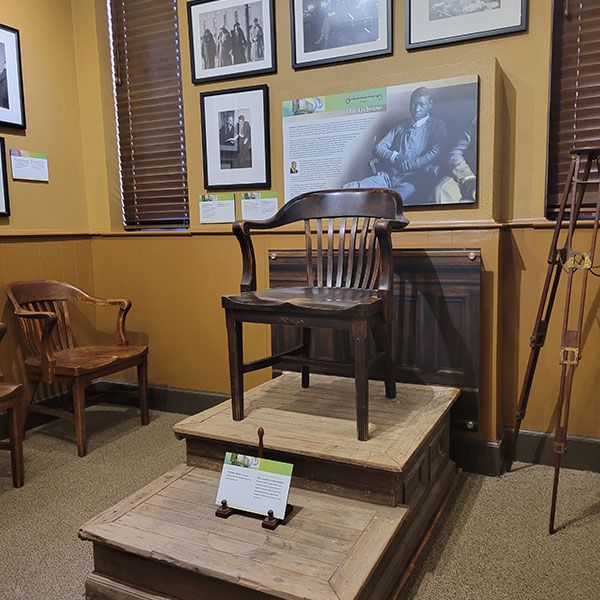
As the years went by and many of the people who lived through the trials passed away, the trials were largely swept from public memory in Decatur by those who found them to be an embarrassment. The trials were not forgotten, however.
Many of the city’s residents knew the significance of the trials and longed for a chance to deal with this troubling aspect of the city’s past. In 1998, the Morgan County Commission authorized the purchase of 127 original negatives of photos taken during the Patterson trial.
In 2013, as a campaign was underway to officially exonerate the defendants, State Sen. Arthur Orr helped the Archives with funding for an exhibit in Decatur at the Morgan County Archives to use the photos and other artifacts to tell the story of the trial.
I worked with local writer Carol Puckett and local design firm McComm Group to create an exhibit designed to educate the public about the Scottsboro Boys. Decatur’s response has been overwhelmingly positive, and residents have used the exhibit as an opportunity to openly discuss the legacy of racism and discrimination and what may be learned from the lessons of history.
Local author Peggy Towns wrote a book, Scottsboro Unmasked, which delved into the effects the trial had on the population of Decatur.
Local Artist Frances D. Tate took inspiration from these developments and began forming a dream of her own. She has spent the last ten years documenting the history of Old Town through her paintings and through interviews with residents in a project she calls Celebrating Early Old Town with ART (CEOTA).
She recognized that the Scottsboro trials and other Civil Rights causes that played out here in Decatur were worthy of an entire museum. For the past few years Mrs. Tate and her board (of which I am proud to be a member) have labored to bring this dream to fruition. In a demonstration of Decatur’s commitment to the project, the City has donated a historic home on Sycamore St. in Old Town to be the location of phase I of the museum.
CEOTA’s vision is to establish an institution which will facilitate a greater understanding of North Alabama’s civil rights history and the way that legacy affects us today.
The museum will also show the resilience of Decatur’s black community and foster an understanding of its often-neglected history. Through this project and other efforts, Decatur is gaining a better understanding of its past and creating the opportunity for a better future. Learn more about the Scottsboro Boys CEOTA Civil Rights Museum here.

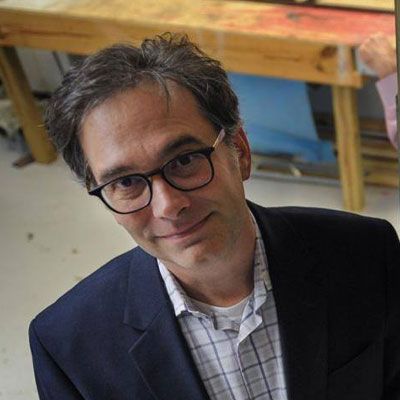
John Allison, Archivist,
John is entrusted with the care of the County Government’s oldest records, some of which predate Alabama’s statehood in 1819. He has worked to index, catalog, and interpret the Archives’ collection of public and private documents, photographs, and artifacts. He has expanded the Archives’ mission to include museum exhibits and numerous public history projects such as educational programs, interpretive signs, and more during his tenure. Learn more about the Morgan County Archives.
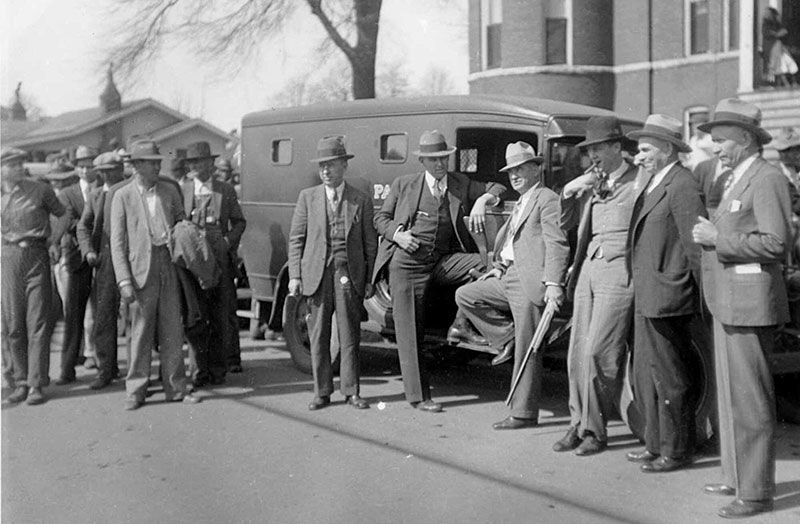
A Scottsboro Boys CEOTA Civil Rights Museum is being planned in Decatur by CEOTA (Celebrating Old Town with Art).
CEOTA’s mission is to preserve, educate, inform, promote and share the heritage, stories, and structures of the “Old Town” neighborhood in Decatur, Alabama. Early Old Town was home to mayors, councilmen, physicians, and some of the oldest congregations in the city of Decatur, Alabama. Phase 1 of the Museum is underway now and will involve renovation of the boarding house where one rape accuser, Ruby Mays, stayed during the trials. Learn more about the Scottsboro Boys CEOTA Civil Rights Museum here.
More Ways to Learn About the Scottsboro Boys in Decatur
Scottsboro Unmasked:
Decatur’s Story by Peggy Allen Towns
Renowned local historian and author, Peggy Towns, researched and wrote an important book about the Scottsboro Boys trial and its impact on Decatur. In her book, she explores the case from the lens of its impact on the community. She spoke about her book at an event hosted by the Alabama Department of Archives and History in 2019, as seen in this video. You can buy a copy of “Scottsboro Unmasked: Decatur’s Story” on Amazon.
The Morgan County Archives in Decatur Alabama has a Scottsboro Boys exhibit that shares photos from the 1933 trail in Decatur, as well as a chair from the courtroom where the trial took place.
During a visit to Decatur in 2015, Brad Weigman, an award-winning outdoor writer, photographer and professional fishing guide produced this video where he interviews John about the famous trial and important Supreme Court rulings that it produced.